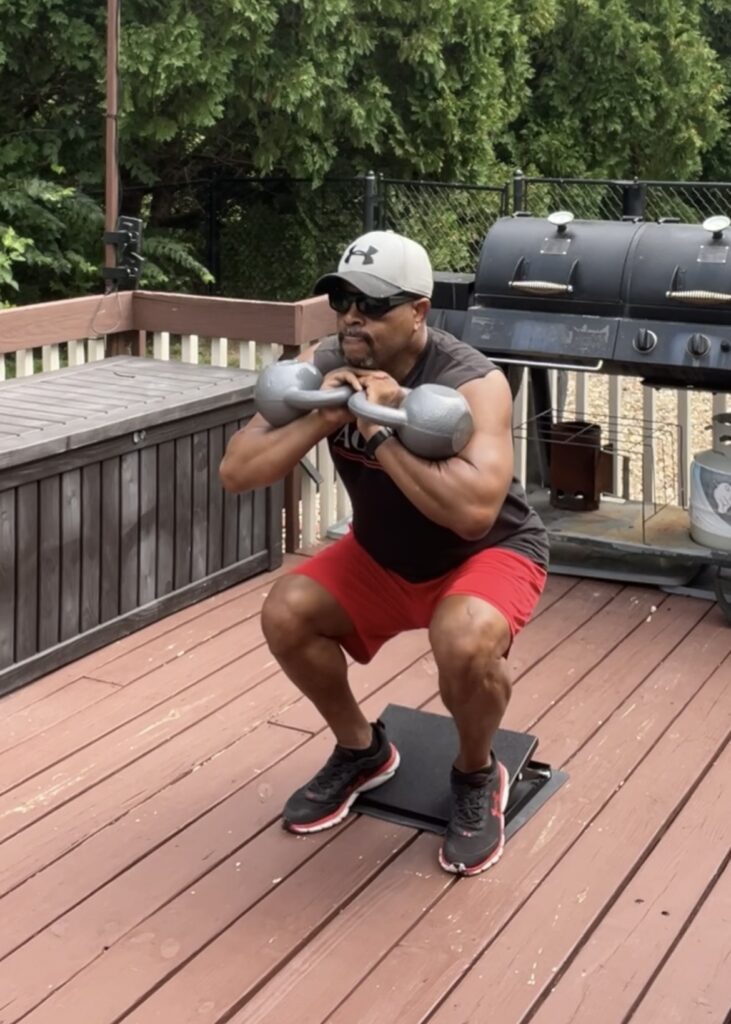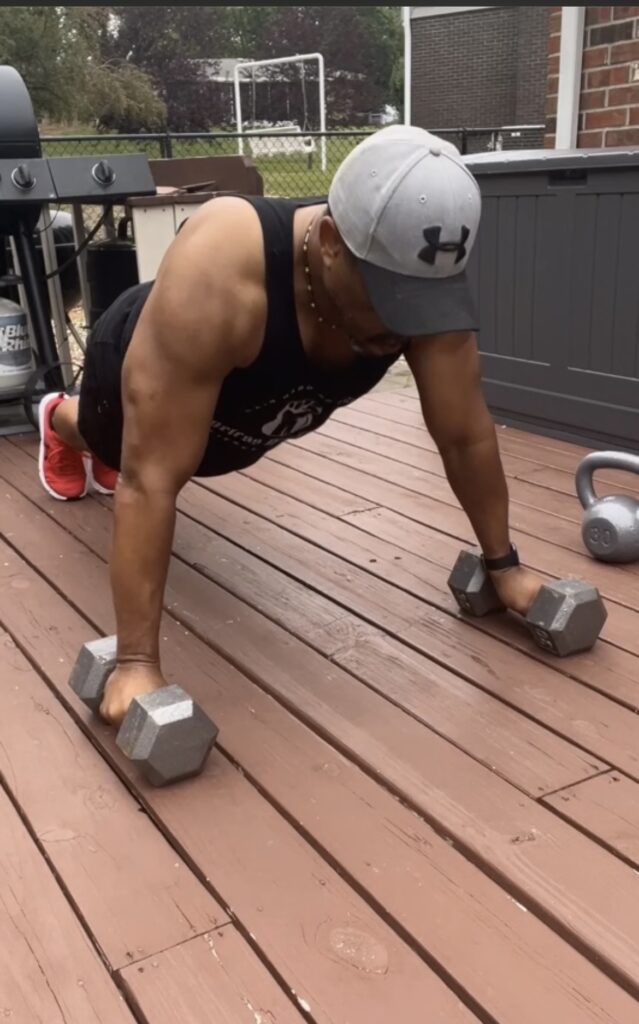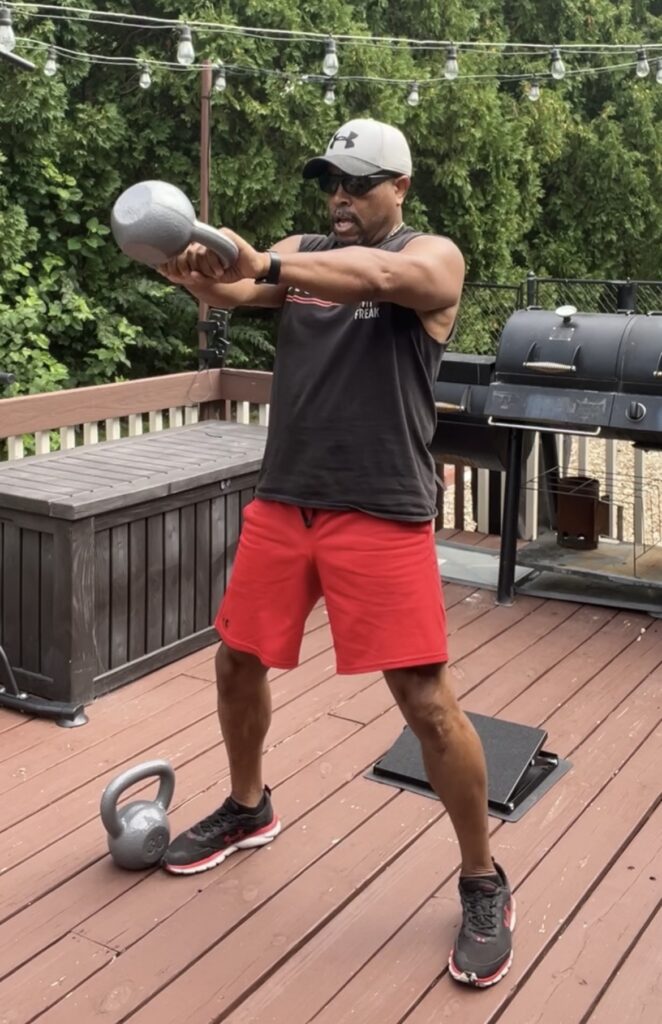The Importance of Strength Training for Seniors
An hour and a half a week. What if I told you that you could improve your health, improve your body composition, improve your self confidence and enjoy loads of other benefits for just 90 minutes a week, would you give it a try? Maintaining our health and well-being, as we get older, is not just important but is vital. And while strength training is more associated with the younger crowd, it is equally, if not, more important for seniors. Strength training for seniors can improve your quality of life, allow you to keep your independence and improve your overall health, all in just a few sessions a week. In this article, we are going to discuss the many benefits of strength training and why we should incorporate it into our everyday lives.
1. Hold On To That Muscle
Think of muscle as your own personal body of armor, that can protect you from injury during those mishaps of everyday life. It could mean the difference between a broken hip or just a bruised tailbone. Or a broken ankle or just a sprain. The loss of muscle mass is called sarcopenia and it is a natural part of aging. Adults after the age of 30 can lose around 3-5% of muscle mass per decade. Muscle loss can lead to decreased mobility, strength and increased risk of serious injury during trips and falls. But strength training can slow down and even reverse this process. Regular senior strength training exercises can preserve and build that protective muscle, improving strength and help reduce the risk of injuries.
2. Enhanced Bone Health
Have you noticed when a person gets older they start to shrink, get hunched over and their posture begins to suffer? Part of that could be the result of Osteoporosis. Osteoporosis is a condition that causes the bones to become weak and brittle. It’s a significant concern for seniors because an accidental fall can result in fractures, breaks and a loss of independence. Osteoporosis can affect any bone in the body, but the most common areas are the spine, the hips and the wrists. Weight-bearing exercises, particularly weightlifting and resistance training can help to prevent bone loss, stimulate the growth of bone tissue, increase bone density and strengthen weak bones. This is critical for seniors, because it reduces the risk of fractures and supports overall bone health as we become more vulnerable to bone related issues.

3. Improved Joint Health
Osteoarthritis is usually the cause of joint pain and stiffness for seniors. Poor joint health and poor bone health usually go hand in hand. If you have one, there’s a pretty good chance you have the other. Strength training can help by strengthening the muscles around the joints, providing more support and reducing the load on the joints themselves. Thus reducing the pain and stiffness and increasing the range of motion. Allowing seniors to engage in daily activities more comfortably.
4. Weight Management
Why am I gaining weight? I’m eating the same as I have for the past 5 years. What has changed? Well, it;s a couple of things. First, our activity slows down. As we get older we just don’t move as much. And second, our metabolism tends to slow down as we age, making weight management a little more challenging. Strength training can boost metabolism by increasing muscle mass. Building muscle allows seniors to burn more calories at rest. And I say “seniors” because YES you can build muscle when you start getting older. Do not believe the myths that you can’t. This can help prevent weight gain and support overall weight management efforts.
5. Improved Balance and Coordination
Reducing the risk of falls is critical as we get older. The fact is, we become less durable when we get older. Our bones and joints become more brittle and stiff. Strengthening the muscles responsible for balance and coordination is essential for reducing the risk of falls. Targeting these muscle groups will improve stability and reduce the likelihood of accidents.

6. Increased Independence
I cared for my mom for about a year and a half before she passed. Her back was shot. She always had faith that she would regain her independence and live out her days on her own. And when she finally realized that she was going to have to rely on others for her daily needs, it was devastating. Losing my independence, for me, is the first step towards losing the will to live. I never want to be someone else’s burden. Resistance training can help you maintain the physical strength needed to perform daily tasks like getting out of a chair, carrying groceries, or even going up and down stairs. Building muscle can allow seniors to continue leading independent lives and avoid relying on others.
7. Enhanced Cognitive Function
A lack of physical exercise is one of the main factors where the evidence is strong enough to show that it increases a person’s risk of developing dementia. Studies looking at the effect of exercise in middle-aged or older adults have reported improvements in thinking and memory, and reduced rates of dementia. – Alzheimer’s Society
Physical activity, including strength training can have a positive impact on brain function. Exercise increases blood flow to the brain, which can improve memory, mental acuity, and overall cognitive health. For seniors, this can translate to a better quality of life and greater independence. And less of a chance of someone handling your affairs like paying your bills, driving you around and everyday decisions.
8. Mood and Emotional Well-being
Endorphins are known as the “feel good” hormones. Physical activity, especially strength training, releases these hormones and can improve your mood, reduce the symptoms of depression and anxiety and enhance an overall sense of well-being. Strength training is not only beneficial for the body but also for the mind.

9. Better Heart Health
Strength and cardiovascular training, performed on a regular basis, can help lower blood pressure, improve cholesterol levels and enhance overall heart health. For seniors this is important because cardiovascular disease is the second leading cause of death in ages 45 to 64, with cancer being number one and the number one leading cause of death in ages 65 and up. According to a 2023 report from the National Library of Medicine.
10. Social Interaction
I’ve been retired for 12 years now and getting a good workout has always been important for me. But, as a senior, socializing and just being around people with the same interest as I do, is also important. Connecting with others helps to combat the feelings of loneliness and isolation that comes with getting older. Getting a personal trainer, taking group classes or finding a workout partner can fill that void.
In conclusion, if you’re a senior and wanting to create a more active and healthy lifestyle for yourself, then, strength training is the way to go. It offers a wide range of physical and mental benefits, from preserving muscle mass and bone density to enhancing balance, independence, and emotional well-being. It’s never too late to start training and benefiting from strength training and seniors who add it to their routines of everyday life can enjoy a more fulfilling and independent life as they grow older.
